Feature Focus: 2017 Hyundai Elantra's Safety Tech

Welcome to a new segment called Feature Focus. In this series, we’ll take a look at one specific part of a car that stands out and we’ll walk you through all the details in a quick two-minute video.
What is the 2017 Hyundai Elantra’s killer feature? It’s the suite of safety and driver assist technologies.
Having recently driven the new Elantra in San Diego earlier this month, it’s clear that Hyundai has another winner on its hands. The car is not only good looking and well-priced, but it’s now being offered with a number of safety features that used to be reserved for higher-priced luxury cars.
First and most important is the car’s front collision warning system with pedestrian detection and automatic braking. Like other such systems, the Elantra uses a front-facing camera and radar array to detect other vehicles in front of the car. The system is so sensitive that it can even detect pedestrians. When the car detects a collision might happen, it will alert the driver with a loud warning noise and if the driver takes no action, the car will make an executive decision and hit the brakes for you.
ALSO SEE: 2017 Hyundai Elantra Review
While useful in emergency situations, this technology can also be used to provide the affordable Elantra with an adaptive cruise control system. The radar and camera combination works together to maintain the distance with the vehicle in front of you, and will operate the gas and brakes to keep you from getting too close. Sadly, this particular adaptive cruise control setup doesn’t bring the car to a complete stop.
In addition to this advanced forward collision system, the Elantra features a new approach to Blind Spot Warning systems. Currently, most systems will let you know if there’s a car in your blind spot, and give you a warning if you signal to change lanes. The Elantra does this, but can also detect if a car behind you is accelerating into your blind spot and warn you of changing lanes and cutting them off.
Finally, the Elantra sports a lane departure warning system, which uses the cars forward facing camera to detect the lane markings on the road. If the vehicle drifts out of its lane without signalling, the car will warn the driver. But the Elantra isn’t a passive car when it comes to safety, so it will even apply corrective steering to keep the car within its lane.
All of these features, in addition to the seven standard airbags, are expected to give this car a Top Safety Pick + rating by the IIHS. The combination of safety and convenience technology features are one of the compact cars greatest assets and will help it stand out in this segment.
Read the 2017 Hyundai Elantra Review to learn more about the new compact

Sami has an unquenchable thirst for car knowledge and has been at AutoGuide for the past six years. He has a degree in journalism and media studies from the University of Guelph-Humber in Toronto and has won multiple journalism awards from the Automotive Journalist Association of Canada. Sami is also on the jury for the World Car Awards.
More by Sami Haj-Assaad




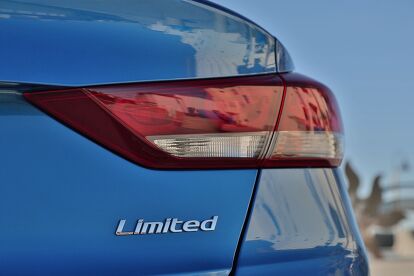




































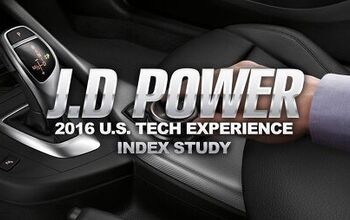
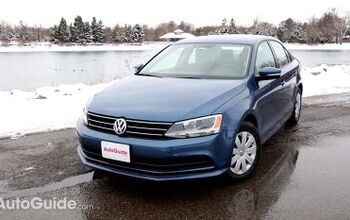

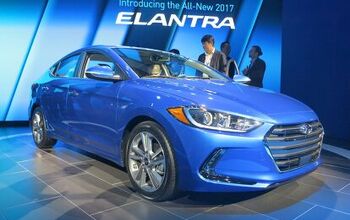
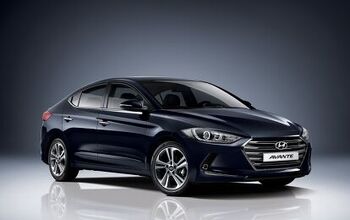

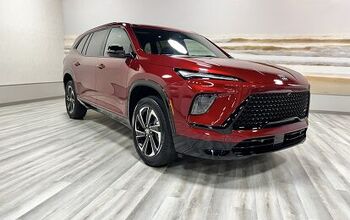
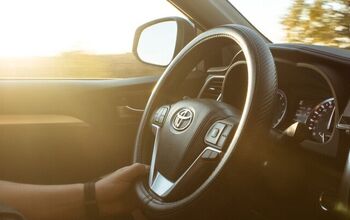



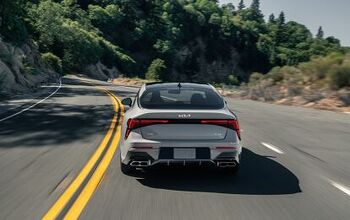

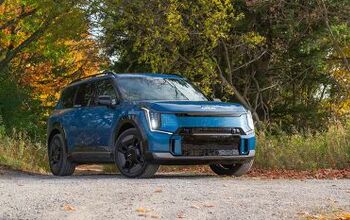

Comments
Join the conversation